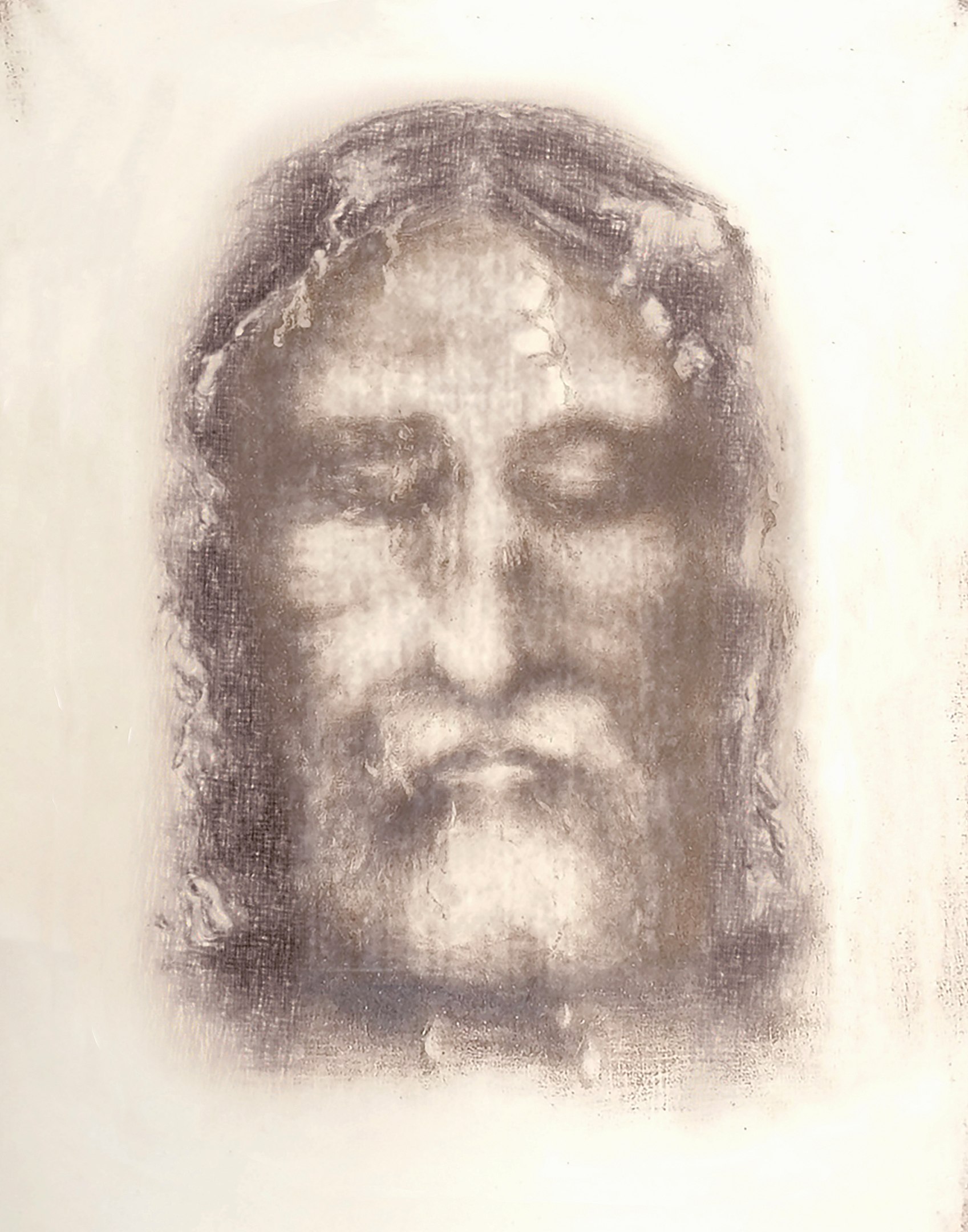A new exhibition of the Shroud, the alleged burial cloth of Jesus Christ, kicked off on Sunday in Turin. According to the organizers, millions of tourists and pilgrims will visit the city and the cathedral to see the relic, made of herring-bone linen cloth and appears to carry the front and back impression of a bearded man with long hair.
The body – imprinted on the 4.42-meter-long and 1.13-meter-wide shroud – seems to bear numerous injuries consistent with crucifixion, plus a gash in its side. Carbon dating tests reported in 1998 from Nature showed that the cloth was made between 1260 and 1390, and not in the medieval hoax. Shroud believers, instead, countered with claims that the researchers had mistakenly tested modern inserts on the cloth, and that other tests suggested it contained pollen grains from plants that could only be found in the Holy Land.






























